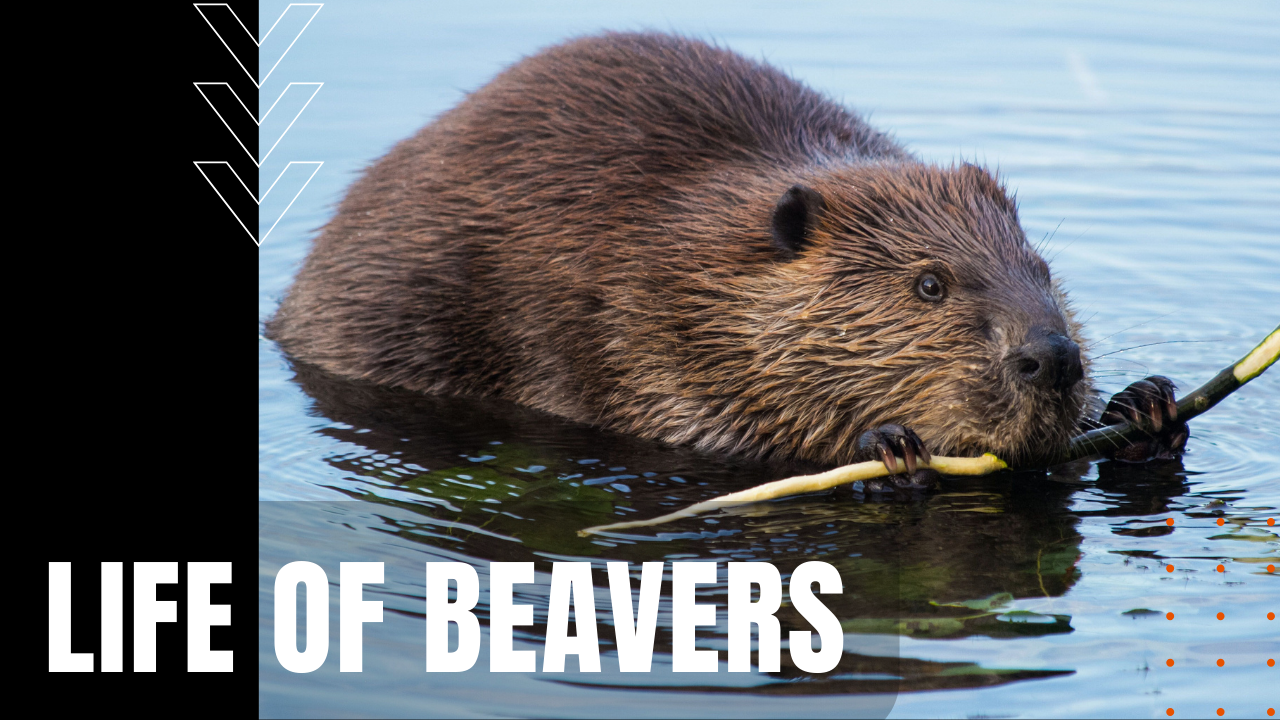The Life of Beavers

Found throughout most of North America except for the northern regions of Canada and the deserts of the southern United States and Mexico, the North American beaver, or Castor canadensis, are stocky aquatic and terrestrial herbivores who grow to three to four feet in length, weighing anywhere from 35 to 65 pounds, although the largest beaver on record weighed in at 110 pounds. Exposed to predators due to their slow and awkward movement on ground, beavers are adept swimmers with webbed hind feet for swimming up to six miles per hour, while their oversized lungs allow them to swim under water for up to 15 minutes per dive.
Continuous Industry
Their webbed hind feet also includes a double toenail used for preening their thick and luxuriant fur, which helps them maintain its waterproof and insulating properties. They also possess flat, scaly tails, which they slap against surface waters as a warning to family members when predators are near. Known for their near-constant industry, beavers possess visible incisors grown continuously over their lifetime, which are the self-sharpening part of their anatomy that allows them to fell trees for building their dams and lodges. Considered a keystone species due to their ecological benefit to other animals, beaver dams reduce stream erosion that in turn creates habitats for a wide range of aquatic life, while providing water and food sources for much larger animals in the wild.
Multiple Lodge Types
Besides creating scent mounds to mark their territories and attract mates, they also build three different types of lodges based on their environment—those built on islands, those built on the banks of ponds and those built on the shores of lakes—generally built with one underwater entrance in the center of the hut floor, and a second escape entrance with a much more precipitous descent into the water. Reaching sexual maturity at three years of age, beavers are monogamous unless a mate’s death obliges them to remarry, while female beavers gestate their young for approximately three months, before giving birth to one litter a year, averaging four kits per birthing cycle. Kits are born sighted and fully furred, swimming within 24 hours and diving with their parents after several days of life.
Family Oriented
Beavers form strong family bonds with a distinct hierarchical social structure, where parents dominate yearlings or one-year-olds, while yearlings dominate kits. After their second year of life, beavers are driven away from their colonies before a new litter is born, making the busy lives of beavers, an industrious and beneficial member of North America’s animal kingdom.
